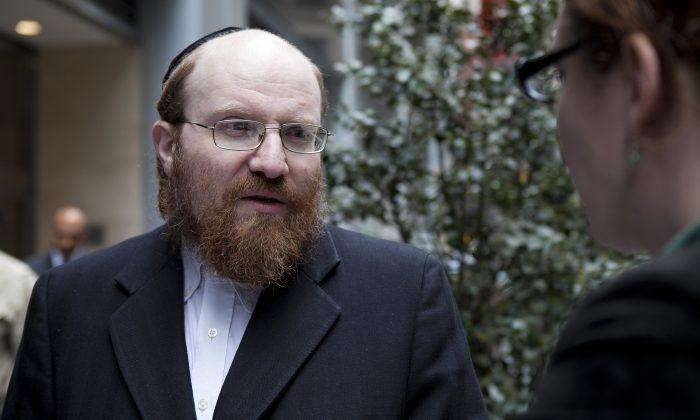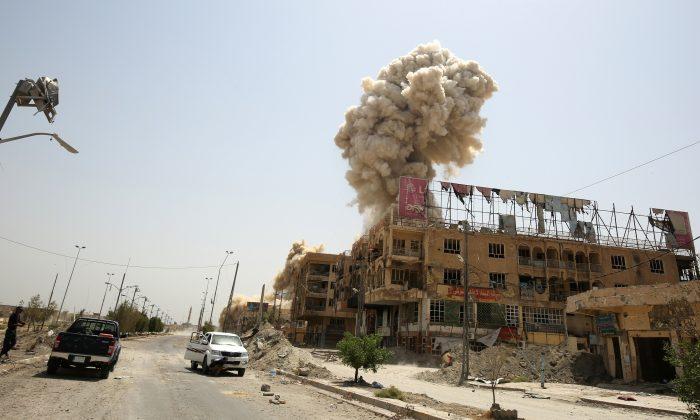NEW YORK—Faced with a series of imminent deadlines just six months after being made homeless by Sandy’s wrath, hundreds of New Yorkers must find a new place to live amid scarce housing options.
Six months ago on Oct. 29, Hurricane Sandy made landfall on the East Coast, leaving behind a trail of destruction. Federal, state, and local recovery efforts have helped survivors make significant progress, but it hasn’t been enough.
The Federal Emergency Management Agency (FEMA) reports that over $6.6 billion has been given out in disaster assistance to individuals and families, and repair and recovery measures. FEMA has also given out over $959 million for individuals and households in New York for home repairs, temporary rental costs, and other uninsured hurricane-related losses.
In New York City, though, the crisis caused by Sandy is turning into a crisis over housing.
Almost immediately after Sandy struck, New York City implemented a hotel housing assistance program to provide temporary shelter. At the end of March, the Department of Homeless Services (DHS) sent a letter to the approximately 800 households still in the city hotel system telling them the program would be ending on April 30.
Today there are 488 households—families, adult couples, and single adults—still living in the city hotel system. They come from the ranks of some of the city’s most vulnerable.
About 50 percent of New York City units damaged or destroyed by Hurricane Sandy were low-income, subsidized, rent-stabilized, or Mitchell Lama housing units, according to the Furman Center for Real Estate and Urban Policy at New York University. Mitchell Lama is an NYC program that provides affordable rental and cooperative housing to moderate- and middle-income families.
The 488 households still in the city’s hotel system fall into several categories. Of the group, 196 households will be out of the hotel system on April 30, many without a definite solution about where to stay.
The other 292 households are either waiting for repairs on their homes or are in the process of getting New York City Housing Authority assistance, or getting Section 8 vouchers from the federal government to help pay the rent. This group will be allowed to stay on in the hotels until May 30.
Forty-three hotels are still participating in the city’s hotel system to support the households.
Another assistance program from the federal government that would give homeless households two years of breathing room is likely on the way. Called DHAP vouchers, it wouldn’t be available for about 40 days at the earliest.
At a Friday hearing before the New York City Council’s General Welfare Committee, DHS Commissioner Seth Diamond rebuffed entreaties from City Council members to extend the program until people can find suitable places to live.
“Give me these families,” said Council member Gale Brewer at one point. “I will find them a place to live.”
Diamond, noting during his testimony that he was there “representing all of New York City” government, didn’t offer any solutions for the families that will find themselves out on the street on April 30.
He did agree that the city’s already overburdened homeless shelter system can’t take much more, though. An historic high of 50,000 New Yorkers are currently living in the city’s homeless shelter system.
“Nobody wants them to be in the shelter system,” said Diamond.





Friends Read Free